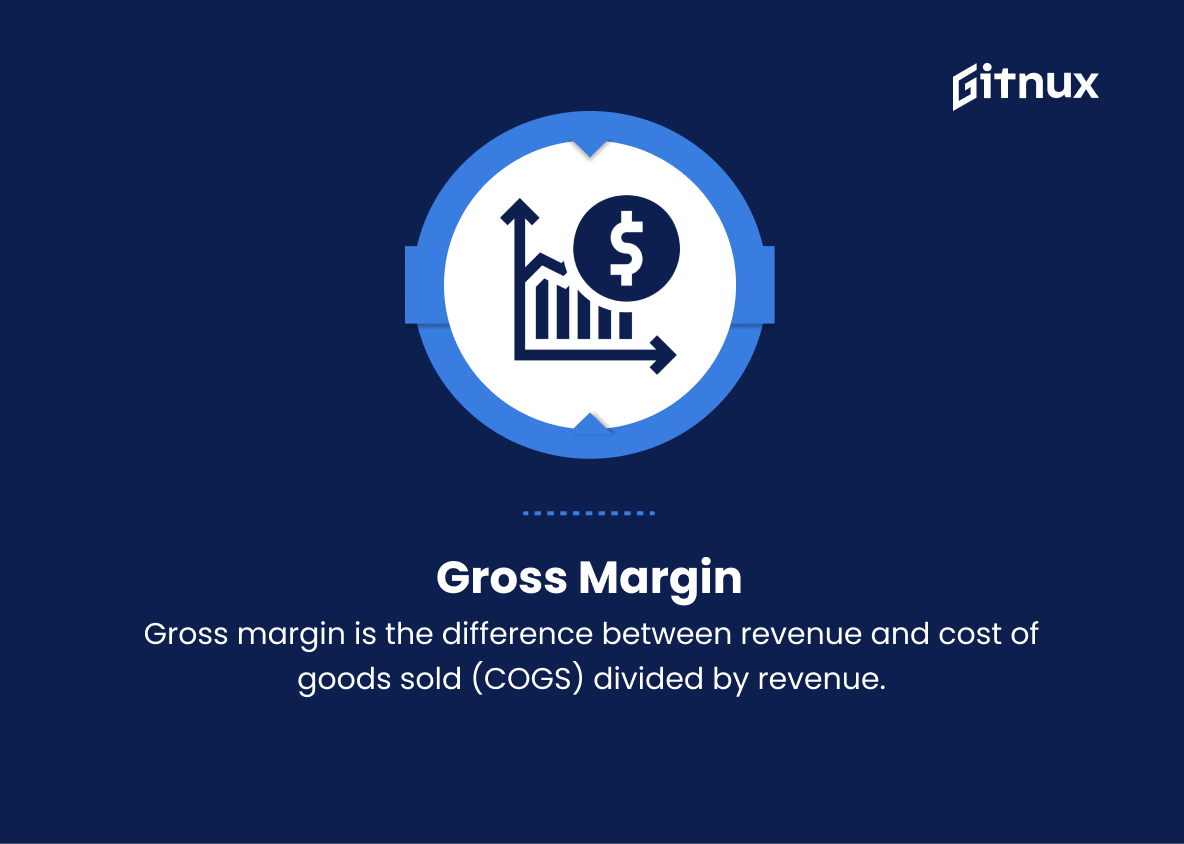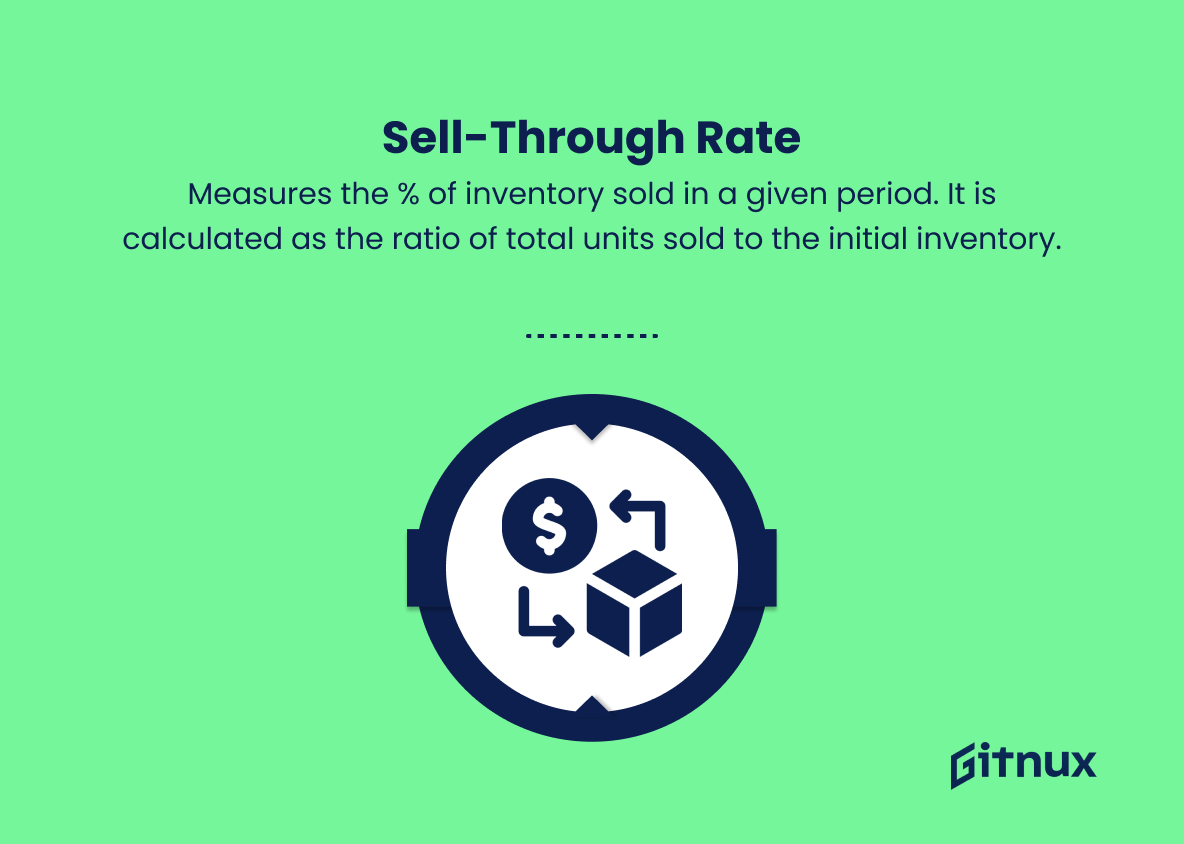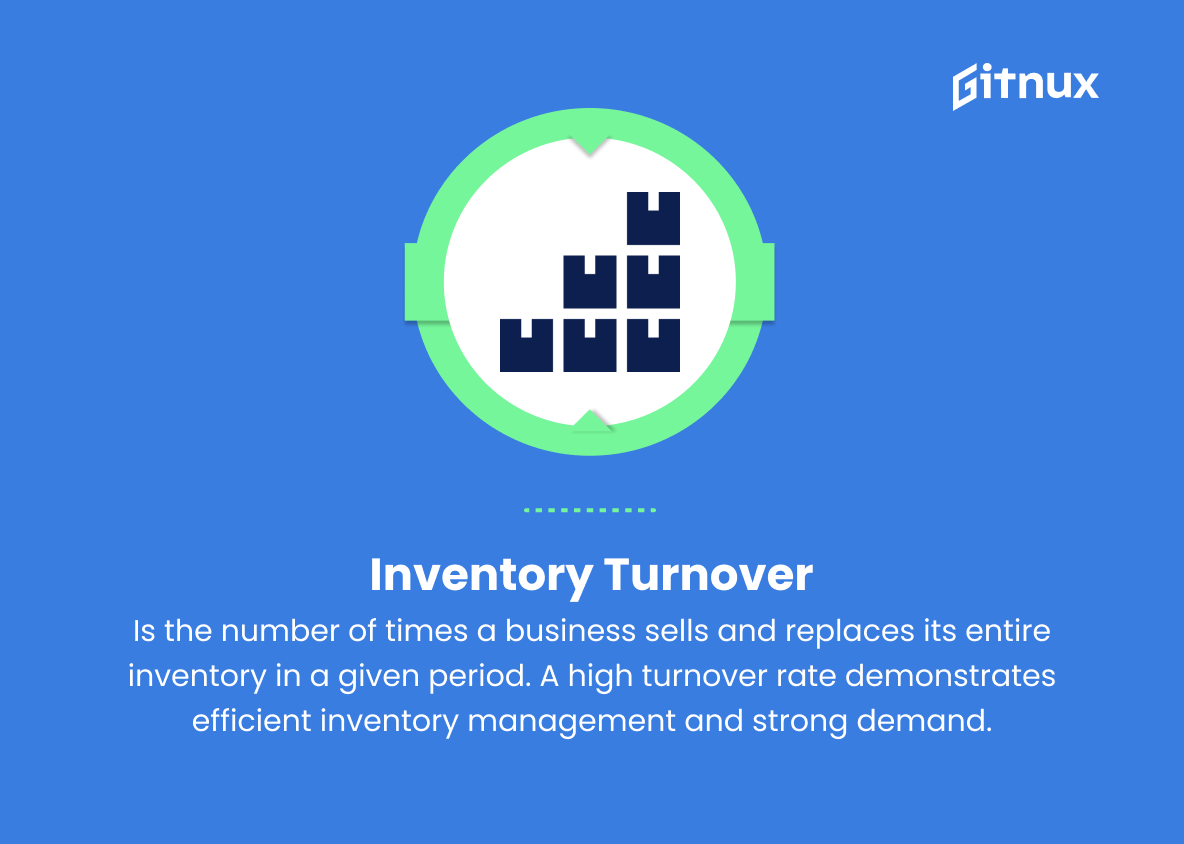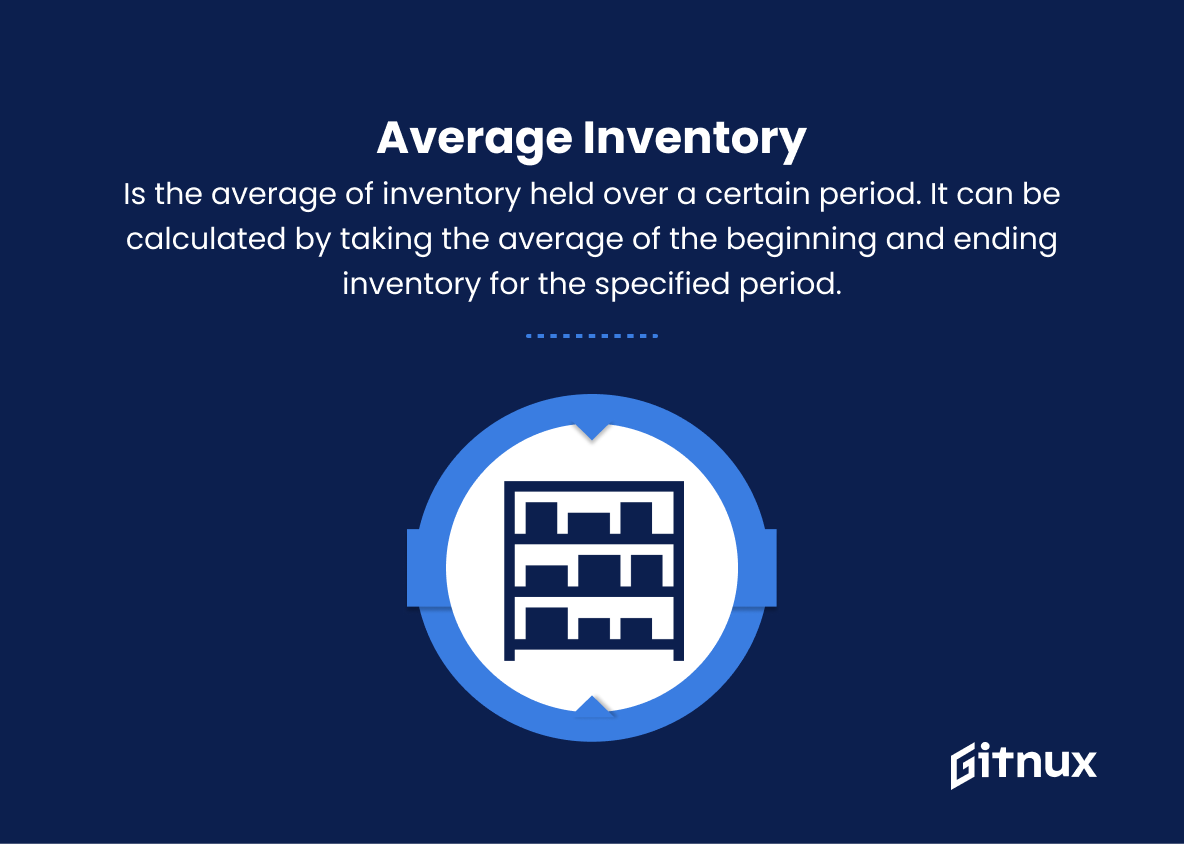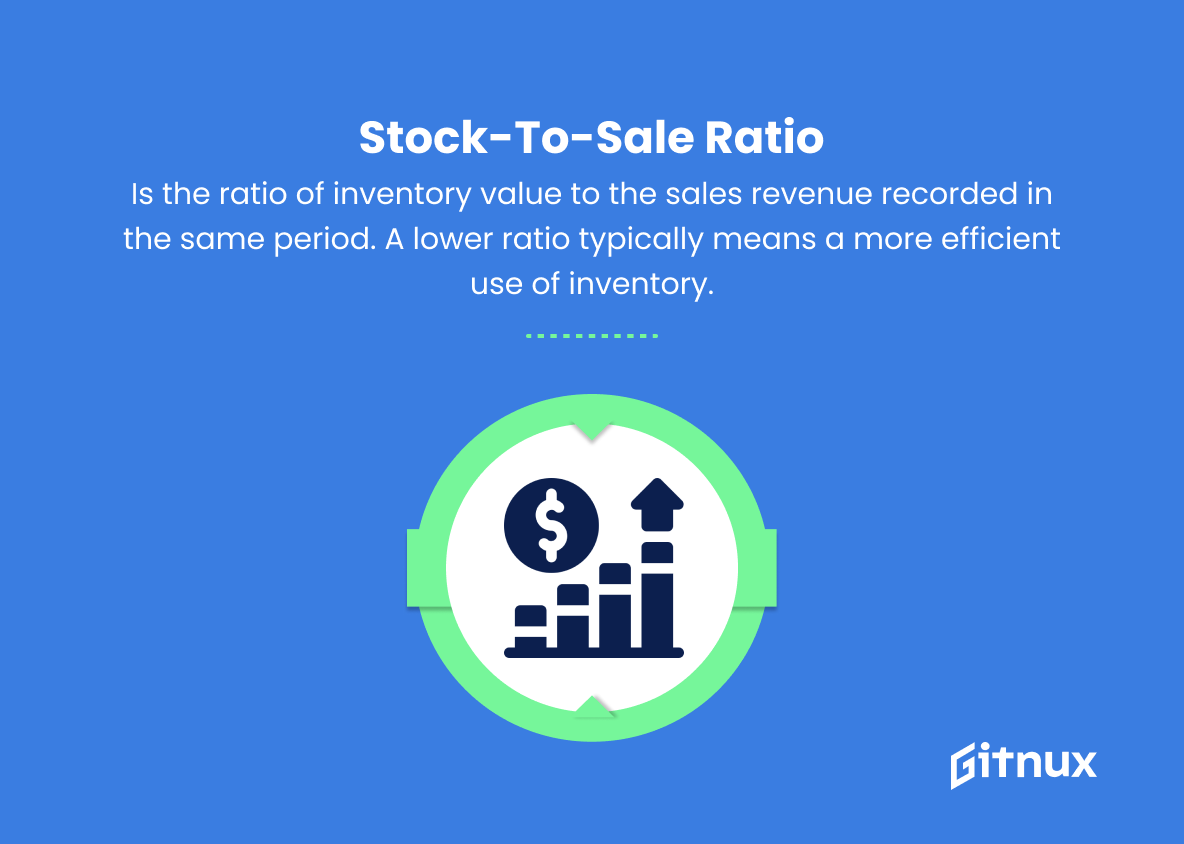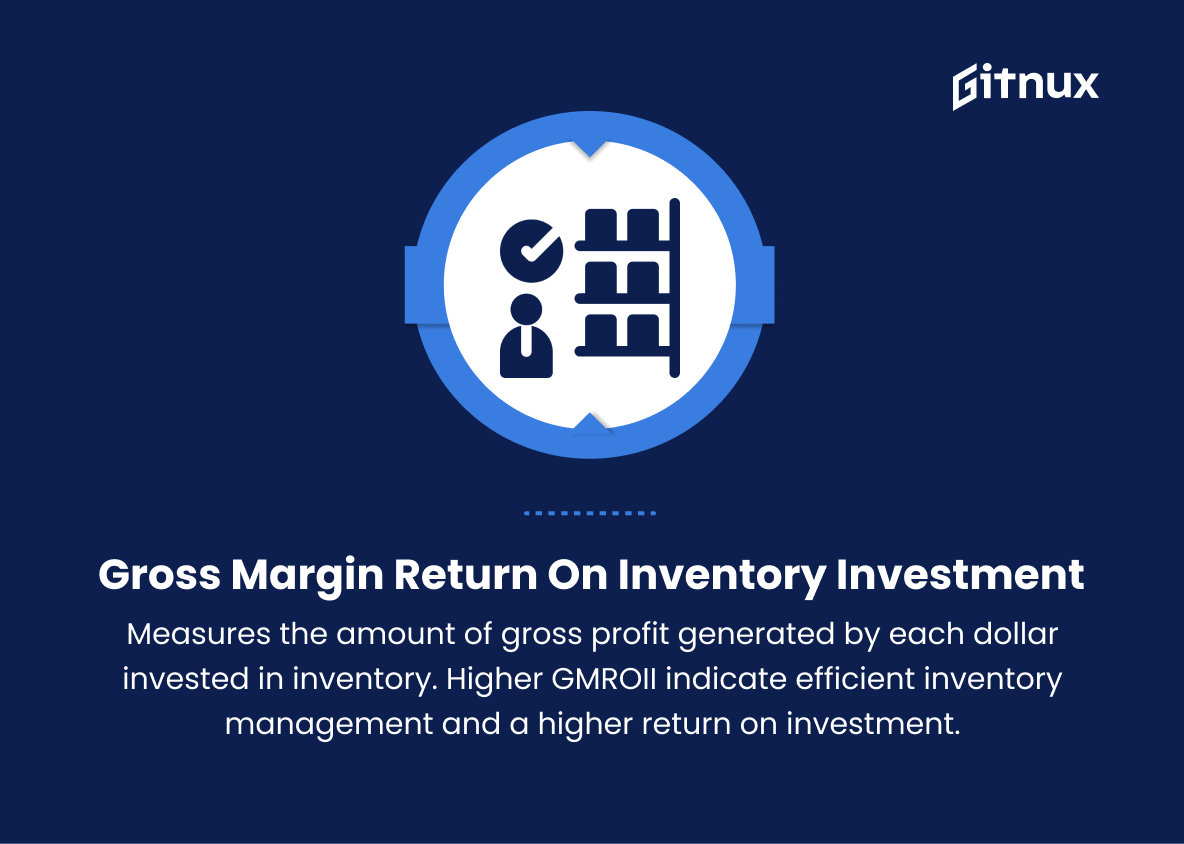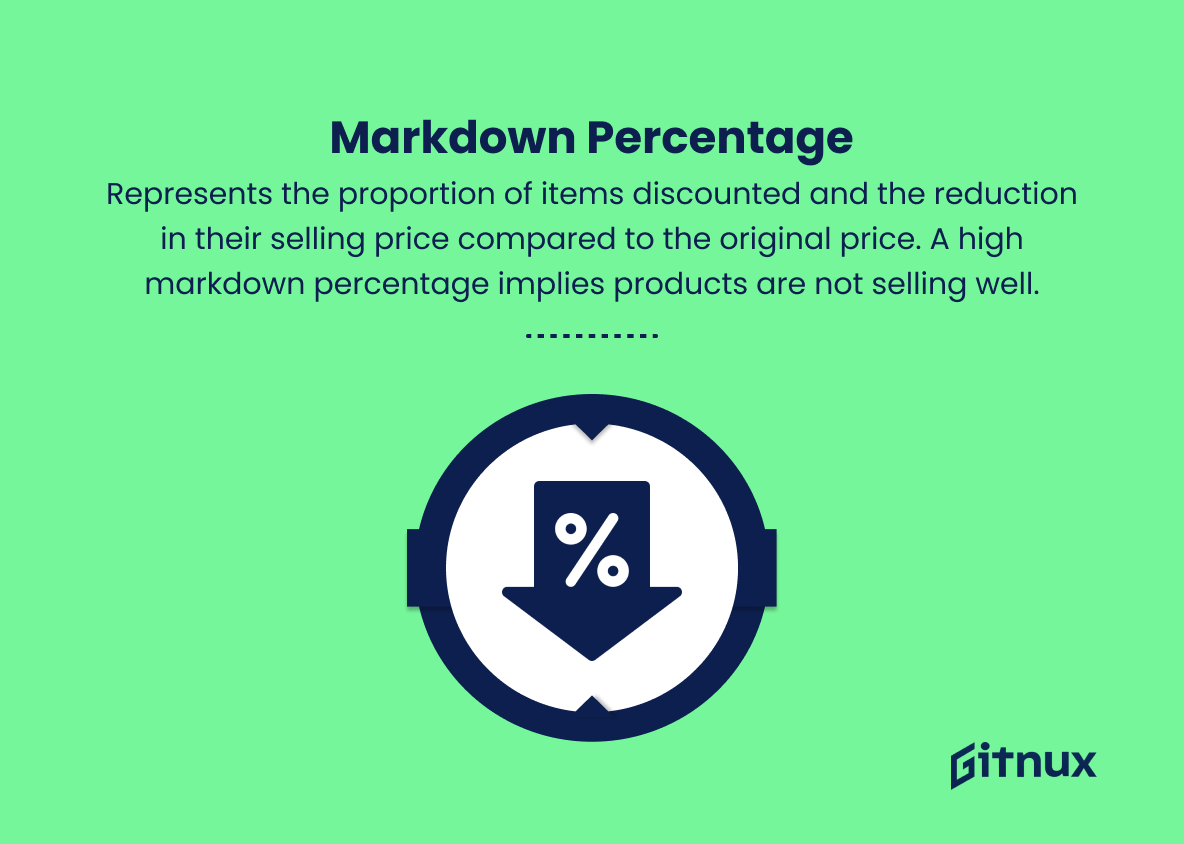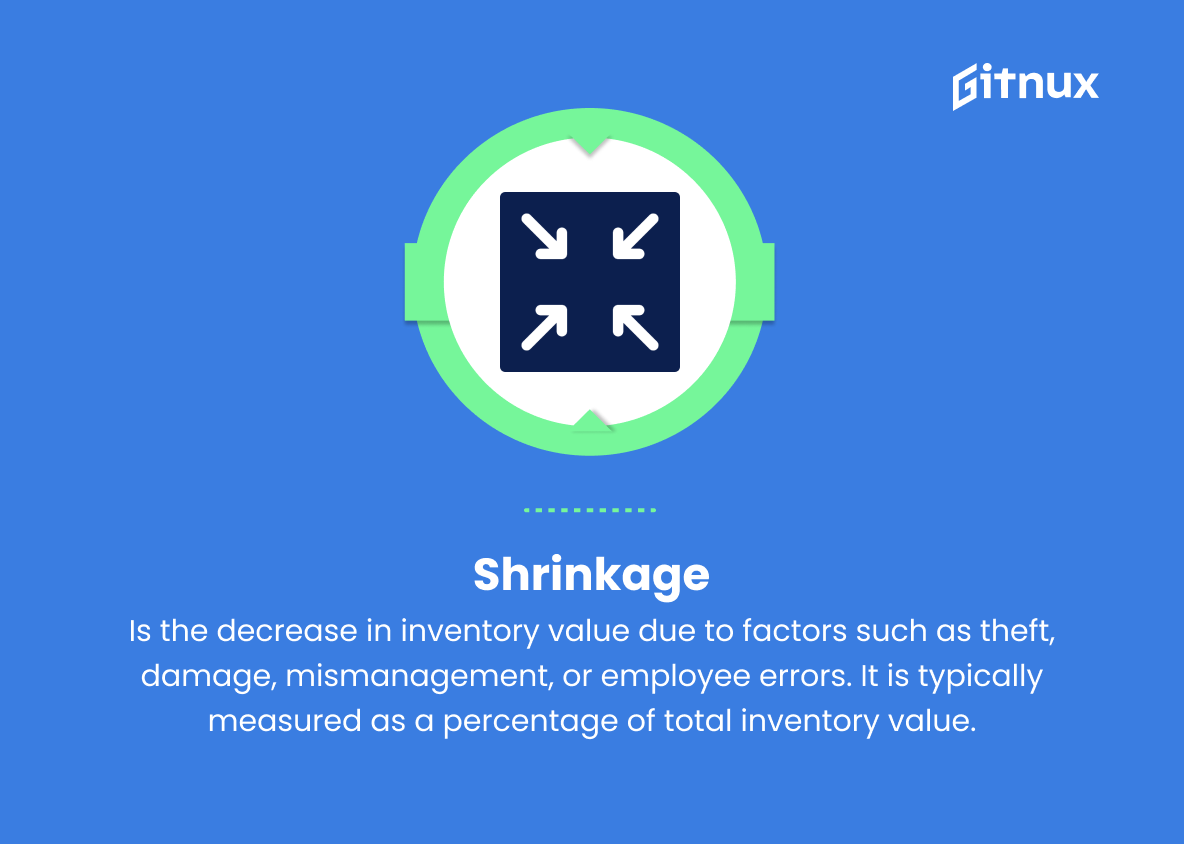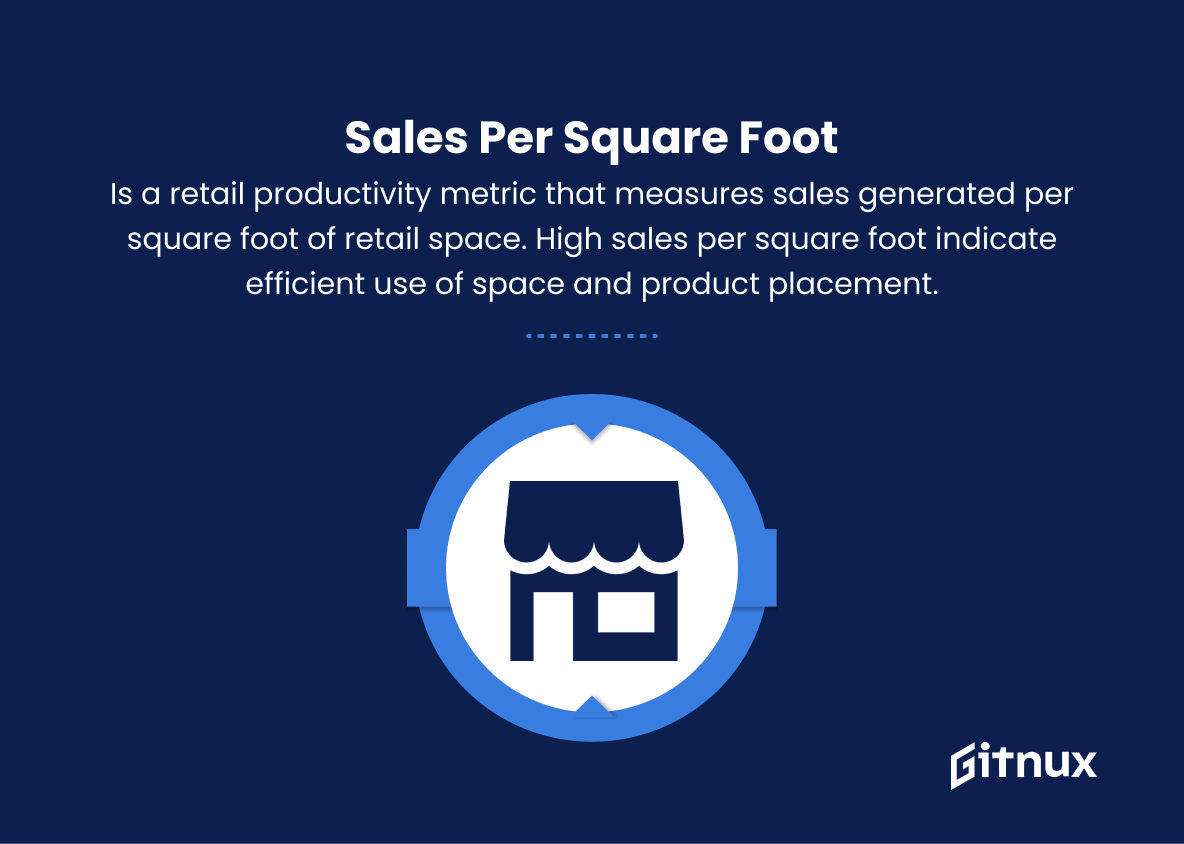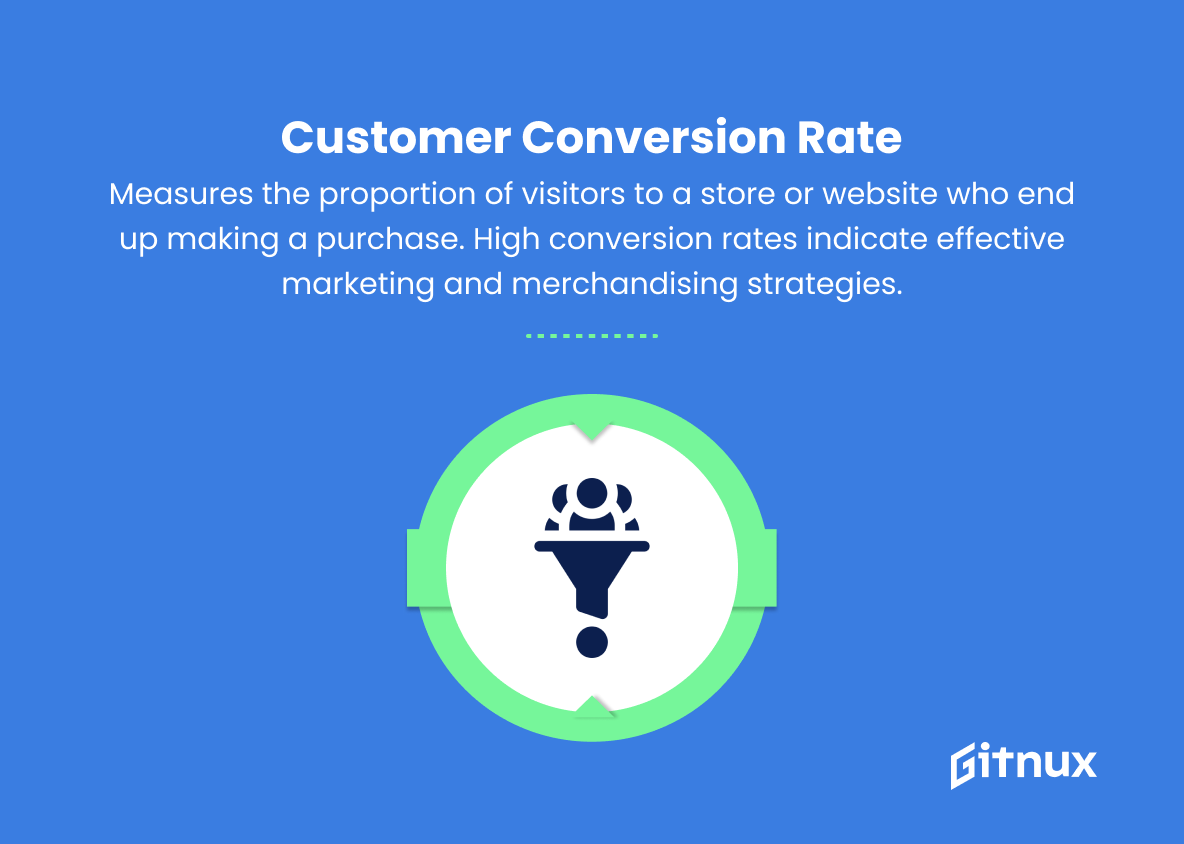In today’s rapidly evolving retail landscape, the ability to measure and optimize merchandising strategies effectively is crucial for businesses that want to stay ahead of the competition. For this reason, understanding and utilizing a range of merchandising metrics is imperative.
In this blog post, we will delve into the various key performance indicators (KPIs) that play a pivotal role in evaluating the success of merchandising efforts, identifying areas that require improvement and implementing data-driven decision-making processes. By grasping the importance of these metrics, retailers can make informed choices, allowing them to increase their bottom line, enhance customer satisfaction, and ultimately, secure their spot in the market.
Merchandising Metrics You Should Know
1. Gross Margin
Gross margin is the difference between revenue and cost of goods sold (COGS) divided by revenue. It represents the profit generated on each dollar of sales before considering operating expenses, indicating the efficiency of sales and production processes.
2. Sell-through rate
Sell-through rate measures the percentage of inventory sold in a given period. It is calculated as the ratio of total units sold to the initial inventory. A high sell-through rate suggests high product demand, whereas a low rate indicates potential issues with pricing, consumer preferences or market saturation.
3. Inventory turnover
Inventory turnover is the number of times a business sells and replaces its entire inventory in a given period. A high turnover rate demonstrates efficient inventory management and strong demand for the product; a low turnover rate signifies slow sales and possibly an overstock issue.
4. Average inventory
Average inventory is the average of inventory held over a certain period. It can be calculated by taking the average of the beginning and ending inventory for the specified period. This measure provides insight into trends in inventory levels and helps assess inventory management efficiency.
5. Days of inventory outstanding (DIO)
DIO measures the average number of days needed to sell the existing inventory. A low DIO indicates efficient inventory management, while a high DIO suggests slow-moving stock or overstock issues.
6. Stock-to-sale ratio
Stock-to-sale ratio is the ratio of inventory value to the sales revenue recorded in the same period. A lower ratio typically means a more efficient use of inventory, while a higher ratio indicates that the company may have more inventory than necessary to meet sales demand.
7. Gross Margin Return on Inventory Investment (GMROII)
GMROII measures the amount of gross profit generated by each dollar invested in inventory. Higher GMROII values are desirable, as they indicate efficient inventory management and a higher return on investment.
8. Markdown percentage
Markdown percentage represents the proportion of items discounted and the reduction in their selling price compared to the original price. A high markdown percentage implies products are not selling well initially, while a low percentage indicates strong demand and pricing optimization.
9. Shrinkage
Shrinkage is the decrease in inventory value due to factors such as theft, damage, mismanagement, or employee errors. It is typically measured as a percentage of total inventory value. Reducing shrinkage is essential to improve overall profitability.
10. Sales per square foot
Sales per square foot is a retail productivity metric that measures sales generated per square foot of retail space. High sales per square foot indicate efficient use of space and product placement, whereas low sales per square foot suggest inefficient space usage or poor product selection.
11. Average transaction value (ATV)
ATV is the average sum of all transactions made in a given time period. It provides insight into customer spending habits and can help evaluate the success of various promotional strategies, product offerings, or pricing strategies.
12. Customer conversion rate
Customer conversion rate measures the proportion of visitors to a store or website who end up making a purchase. High conversion rates indicate effective marketing and merchandising strategies that effectively engage and encourage customers to buy.
Merchandising Metrics Explained
Merchandising metrics are crucial for understanding the effectiveness and efficiency of a retailer’s sales, inventory management, and marketing strategies. Gross margin reveals the profitability of each dollar spent on sales and production, while sell-through rate and inventory turnover reflect the level of product demand and the company’s ability to manage its inventory.
Average inventory, days of inventory outstanding, stock-to-sale ratio, and gross margin return on inventory investment are all indicators of inventory management efficiency, with lower ratios highlighting more effective use of resources. Markdown percentage, shrinkage, sales per square foot, and customer conversion rate offer insights into product pricing and demand, as well as the success of in-store or online merchandising strategies.
Finally, average transaction value helps evaluate customer spending habits and the effectiveness of promotional initiatives or pricing adjustments. Together, these metrics provide a comprehensive view of a retailer’s performance and areas for potential improvement.
Conclusion
In conclusion, understanding and analyzing merchandising metrics are crucial for businesses to make informed decisions, improve operations, and ultimately maximize profitability. By focusing on product turnover rates, sales performance, and inventory management, retailers can fine-tune their merchandising strategies and create compelling product displays that resonate with their target audience.
By doing so, businesses are not only optimizing inventory levels but also enhancing the customer experience. With these insights, retailers can uncover new opportunities and stay ahead in the competitive world of merchandise. Keep an eye on the key metrics mentioned and let the numbers guide you toward a successful merchandising strategy.
